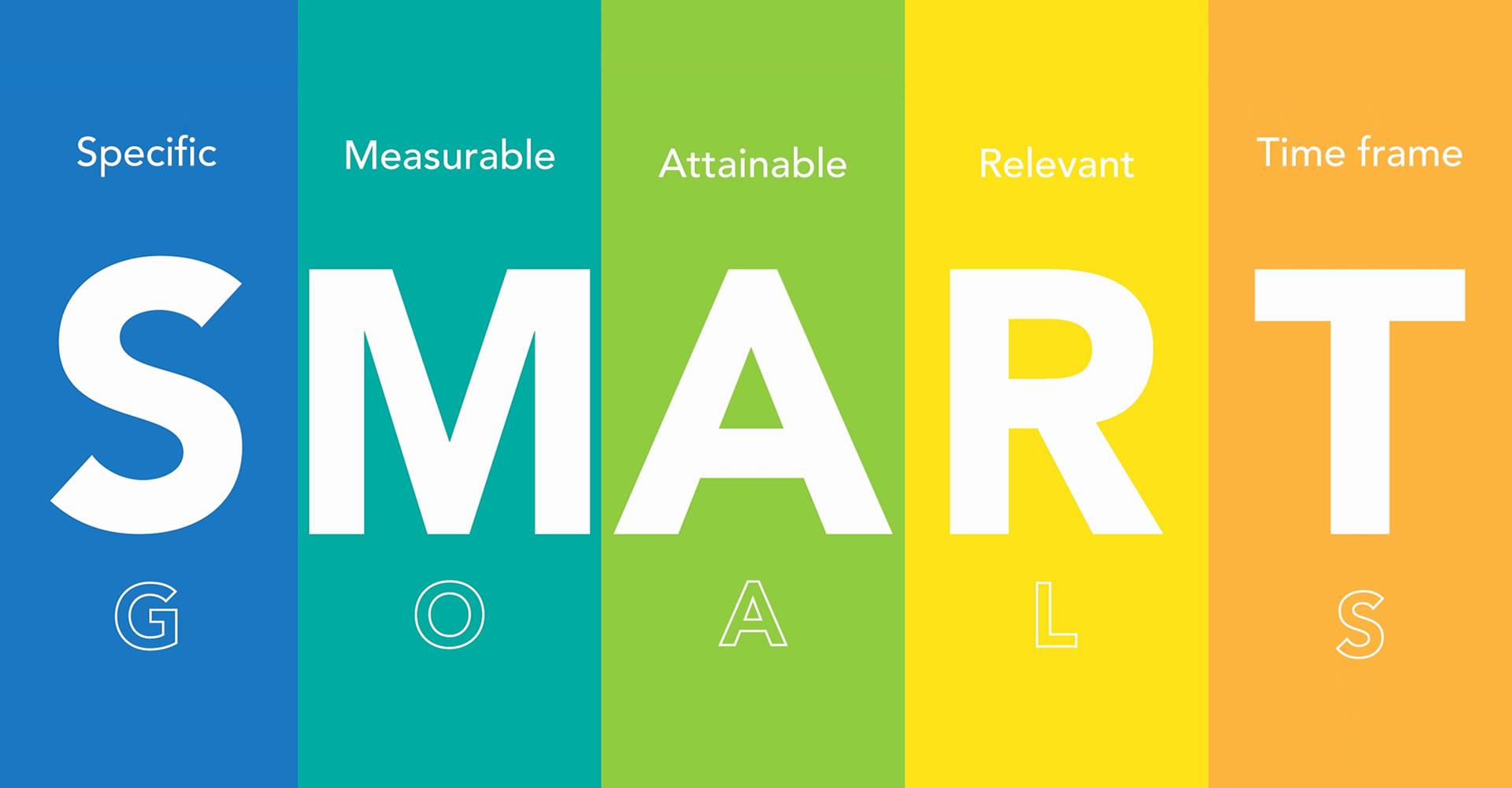Reach Another Milestone with S.M.A.R.T Goals
By Janson Tan · 10th September, 2017

Everyone has some goals but not everyone able to achieve them successfully. This is because most of them don’t have a proper goal and take action accordingly. In fact, the goals should have these 5 characteristics: (S)pecific, (M)easurable, (A)ppropriate, (R)ealistics and (T)imely which form the acronym SMART. There are several different variations on this SMART formula but I’m here to introduce one of the formulae that work better.
Specific
The higher chance of accomplishment would go for a specific goal than a general goal. In order to construct a specific goal, we must answer ourselves 4W questions: When Who will do What at Which level?
Examples: A general goal would be " I want to lose weight " But a specific goal would say " I will workout 3 times a week starting from tomorrow "
Goals such as being happy or getting wealthy are lack of specificity. The concrete goals should change to go for vacation and double up monthly income which having more definitive action. Besides, the specific goals also mean more focused goals whereby the goals should be broken into small tasks for agile progress. Once the task can be done fast, we are more confidently to get done the next task too.
Measurable
We should construct measurable numbers for the goal that even the other people can identify the progress of the goal easily. When we can measure our progress easily, we could stay on track and along with the exhilaration of small achievement that encourages us to complete the difficult task eventually.
For example, I wanted to lose 4 kg in the following month. After 1 week of progress, I manage to lose 1 kg and this measurable result motivated me towards the end goals.
Appropriate
An appropriate goal should be within your circle of competence and responsibility. Don’t try to set the goal which is too far out of reach which might discourage yourself. The suitability of the goal also should take the personal culture and standards into the consideration as people will utilize the attitudes, abilities, skills and financial capacity to reach them. If we experience culture shock or over financial capability, the progress might be opposed to the initial goals. For given physical limitations, background, and skills, are you capable of accomplishing? Always ask ourselves these questions. Of course, this doesn’t mean that you don’t push the boundary of the comfort zone, just we should be rational enough to recognize the personal resources to avoid the adverse effect.
Realistic
Although the previous point, “Appropriate” mentioned that the goal could be a bit of a stretch, but we should make sure every aspect of the goal should be realistic for the given constraints. So, how do we measure the realistic level of our goals? First, list out all the constraints that we’re facing and look for the relevant comparisons around us. For instances, double up our monthly income in half year time is a specific and measurable goal. However, it’s obvious that this’s not going to happen if we’re earning low-paying worker at the construction site. In this case, perhaps our goals should be starting up our own business or getting a higher-paying job. Therefore, a realistic goal should be formulated based on our willingness and ability. There’s an interesting fact whereby a big goal has a greater success rate than the small goal as the high goal exerts higher motivational force.
Timely
Finally, we should give a time frame to our goal to create the sense of urgency that can urge ourselves to achieve the goals. Let’s say if you want to go travel, how you want to attain it? “Just dreaming” won’t work. But if we anchor it within a timeframe, “by 1-year time”, then we’ve to get our mind into momentum to begin working on the goal – save more money. After we have set the deadline of your goal e.g. this Saturday, the end of the week, the end of the year, or whatever, we can begin to plan the execution by starting with the final picture in mind. How? Reverse-engineering your planning by starting from the end, we can work the way back to identify action required to do on the way. With this method, we might experience that our goal just seems too mind-boggling and we just couldn’t figure out the action plan. If that’s the case, it’s advisable to break your goals into smaller one.
Here's a sharing session about"How to prevent your business from failing"with GOAL approach.
Artikel terbaru
-

March 2025 Product Updates
By Cavan Koh · 9th Mar, 2025
-

How These Retailers Use UCX to Prepare for Ramadan—and Keep Customers Coming Back
By Frost Chen, Poh Sook Yan · 2nd Mar, 2025
-

1,000 SMEs to Benefit: EasyStore and Partners Sign MoU to Empower Unified Customer Experience (UCX) for Retail and Ecommerce
By EasyStore Press · 26th Feb, 2025
-

Let Business Help Business Supports Over 1000 Local SMEs Across Malaysia
By Amirul Asraf · 15th Feb, 2025
-

EasyStore Launches Brand App: A Game-Changer For Customer Experience
By Kelie Wong · 13th Feb, 2025
-

February 2025 Product Updates
By Cavan Koh · 9th Feb, 2025